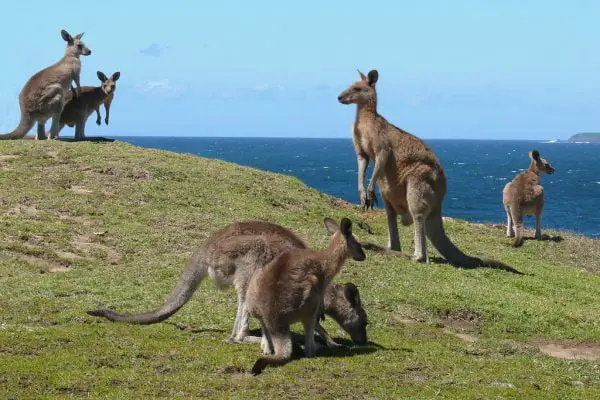With their colossal frames, gentle nature, and profound intelligence, elephants have captivated human imagination for millennia. These magnificent creatures, roaming the savannas and forests, have earned their place as symbols of strength, loyalty, and wisdom. But beyond their captivating presence and cultural significance lies a hidden layer of intrigue – the language used to describe groups of these awe-inspiring animals. Let’s delve into the collective nouns associated with elephants and explore the fascinating facts that continue to make them an object of wonder and respect.
Collective Nouns for Elephants
Unlike some animals with singular collective nouns, elephants boast a diverse vocabulary, each term reflecting the specific behavior or context of the group:
- Herd: This widely used term signifies a large and cohesive group of elephants, typically composed of females, their young calves, and a few older males. It evokes a strong sense of family bond, shared purpose, and cooperation as they travel, forage, and protect their young together.
Example: As the sun dipped below the horizon, casting long shadows across the savanna, a herd of elephants lumbered towards a watering hole, their powerful legs leaving deep imprints in the dusty earth, a testament to their enduring presence in this vast landscape.
- Parade: This term captures the image of a group of elephants walking in a single file, often seen while traveling or migrating. It evokes a sense of order, purpose, and the sheer magnificence of these colossal creatures moving in unison.
Example: Dust billowed in their wake as a parade of elephants traversed the sun-drenched plains, their trunks swaying rhythmically as they marched towards their destination, a captivating display of their synchronized movement and collective power.
- Memory: While not strictly a collective noun, “memory” is used metaphorically to describe a group of elephants remembered fondly. It highlights their remarkable intelligence, long lifespan, and the deep emotional connection they evoke in humans, fostering a sense of respect and responsibility for their conservation.
Example: Witnessing a memory of elephants gracefully roaming free served as a powerful reminder of the importance of protecting these irreplaceable giants and the vital role they play in maintaining the ecological balance of our planet.
- Jubilee: This term, typically associated with celebrations, can be used figuratively to describe a group of elephants gathered for a special occasion, such as the birth of a new calf or the arrival of a new matriarch. It evokes a sense of joy, communal celebration, and the interconnectedness within elephant society.
Example: Trumpeting calls echoed across the savanna as a jubilee of elephants surrounded a newborn calf, their gentle nudges and playful interactions showcasing the deep bonds within their families, a heartwarming testament to their social intelligence and nurturing nature.
Interesting Facts About Elephants
Understanding these collective nouns enriches our vocabulary and adds a deeper dimension to appreciating these remarkable creatures. But venturing deeper into the world of elephants reveals their remarkable social structure, ecological significance, and the challenges they face:
Social Powerhouses: Elephants exhibit a complex social structure, with strong family bonds and a matriarchal leadership system. They communicate through an intricate language of vocalizations, gestures, and touch, displaying a remarkable level of social intelligence and cooperation.
Ecological Architects: As keystone species, elephants play a crucial role in shaping and maintaining healthy ecosystems. Their foraging activities disperse seeds, promote plant growth, and create waterholes, benefiting countless other species and contributing to the overall biodiversity of their habitats.
Facing Threats: Sadly, elephant populations face a multitude of threats, including habitat loss, poaching for their ivory, and human-elephant conflict. Understanding these challenges and supporting conservation efforts are crucial for ensuring the survival of these majestic creatures for generations to come.
A Source of Inspiration: From their awe-inspiring size and strength to their gentle nature and intelligence, elephants continue to inspire artists, writers, and scientists. Their captivating presence fuels creative expression across various mediums, reminding us of the wonders and importance of protecting the natural world.
Final Thoughts
From the tightly knit “herd” safeguarding their young to the celebratory “jubilee” welcoming a new life, the diverse collective nouns for elephants offer a glimpse into their multifaceted nature and ecological importance. Understanding these terms and appreciating the enduring allure of these fascinating creatures fosters a deeper respect for their remarkable social bonds, ecological contributions, and the vital role they play in maintaining the health and balance of our planet. So, the next time you encounter information about elephants, whether in a documentary or a work of art, take a moment to acknowledge the unique language used to describe them and reflect on the importance of protecting these irreplaceable giants for future generations.
Also Read:





